See the SQL Statements indicated in this SQL Profiler view. All these events are coming from one Client machine that is busy with a long-running process, working through a couple thousand rows. Each processing of a row takes about 6.5 seconds, which is what the SQL Profiler is showing as the time between logouts, even though the actual update statement takes only 1ms. Each login/logout uses the same SPID. See that between any given Login and Logout event, the SQL Statements indicate a Reads count of 17 and a Writes count of 0. Yet, the Logout event indicates a total Reads count in excess of 2million and a writes count in excess of 10k. What events do I need to be profiling to try to figure out what statement is causing those reads/writes, because I suspect that those are the ones causing the 6.5 second delay, yet I can't see them happening?